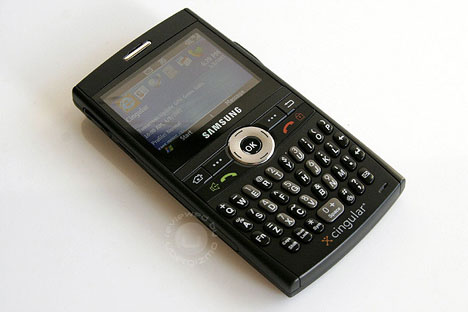Blackjack Background and Card Counting
 Background
Background
Blackjack was derived from the French game vingt-et-un or twenty-one which originated in the 1700s. The Blackjack name came about as casinos in the USA, in order to attract players offered odds of up to 10 to 1 to any player who’s hand consisted of an Ace of spades and a blackjack (jack of spades or clubs).
Blackjack is one of the most popular casino games due to the simple fact that BlackJack like Poker is a game of luck as well as skill and therefore the casino can be consistently beaten by a skilled player using a proper strategy. More complicated strategies such as ‘card counting’ described below have added to the game’s popularity.
In 1956, a paper was published by Baldwin, Cantey, Maisel, and McDermott in the “Journal of the American Statistical Association” laying out a set of recommendations for the play of the game, these recommendations were very close to today’s basic strategy. The following year, they published a manual for the public with this system of play, but it attracted little interest until, Edward O. Thorp (PhD), saw the paper and understood that there were parts of the game that had been missed in the past. The first being that the composition of the deck changed with each card dealt, also, some combinations of the remaining cards favoured the house and others favoured the players.
In 1962, Dr. Thorp published his now famous book, “Beat the Dealer”, which contained a simple yet profound message that decks of cards have memory. Each hand is dependent on the makeup of the deck at that time and by paying attention to the cards already played, the player can almost predict what will be appearing in the deck next.
Simulation and Card Counting
With the help of a computer, Thorp did a statistical analysis called the Monte Carlo simulation and discovered that 10’s and Aces remaining in the deck put the player at an advantage, while 5’s and 6’s being left in the deck put the dealer at an advantage. Thus, card counting was born.
If the player could keep track of the cards left in the deck, they could decide how to bet on each hand. For example, if there are many 10’s and aces left they would be smart to bet high, and if there are lots of fives and sixes left they might want to bet low.
Card counters make strategy adjustments based on the ratio of high cards to low cards. These adjustments to their betting and playing strategy can give them a small mathematical advantage over the house. Card counters, do not depend on exceptional memory, in order to count cards, because they are not tracking and memorising specific cards. Instead, card counters assign a point score to each card they see and then track only the total score. (This score is called the “count”.)
Different card counting systems assign different point values to the various cards. One of the most common systems, the Hi-Lo Count, is a good example of a counting system. In this system, the cards numbered 2 through 6 are counted as +1 and all tens (which include 10s, jacks, queens and kings) and aces are counted as -1. The cards 7, 8, and 9 are given a count of 0. The Hi-Lo system illustrates a “level one” counting system; more complicated “level two” counting systems assign +2 and -2 counts to certain cards. However any possible advantage gained in the increased accuracy of a “level 2” system is usually offset by a greater frequency of errors due to the system’s greater complexity.
Another commonly used card counting system is the “K-O”, an unbalanced card counting system derived from Arnold Snyder’s unbalanced Red 7 count, published in 1981. The first blackjack researcher to publish an unbalanced card counting system was Jacques Noir, in his 1968 book Casino Holiday. Unbalanced card counting systems eliminate the need to estimate remaining decks to be dealt, a common source of player error in card counting.
A point to note is that both land based and online casinos, are minimising the card counters advantage by either offering reduced odds on blackjack hands from 3:2 to 6:5 on single deck games, or by shuffling the packs randomly before the end. Online casinos in general shuffle the packs after each game. Nevertheless if a player uses a sound basic strategy they stand a much greater chance of optimising their chances in minimising the casinos advantage. This is reflected in the online casino payout reports, the payout percentage for BlackJack, where individually listed, is generally in the top two games.